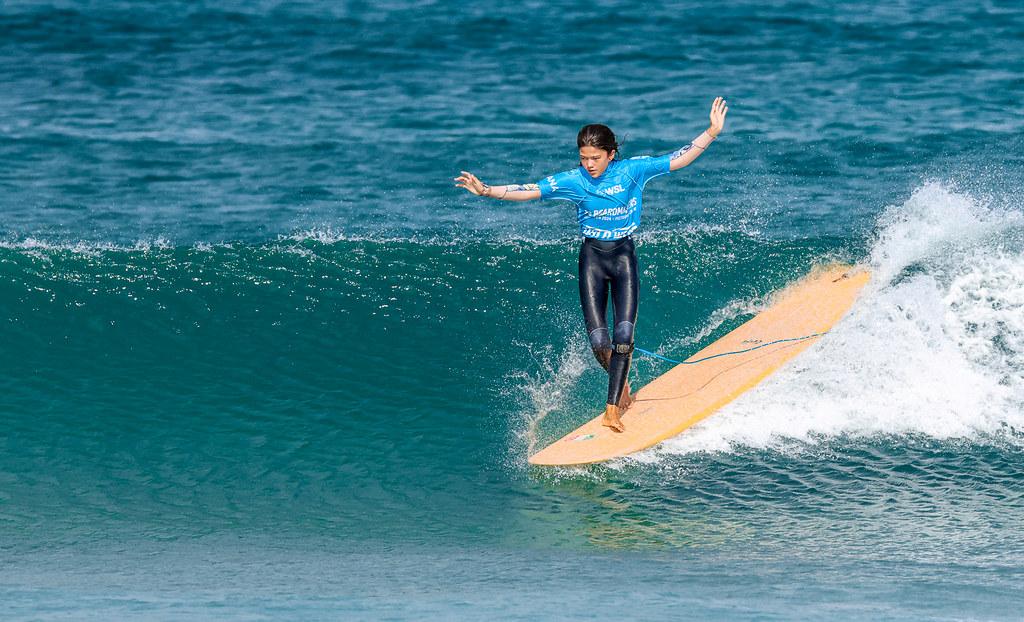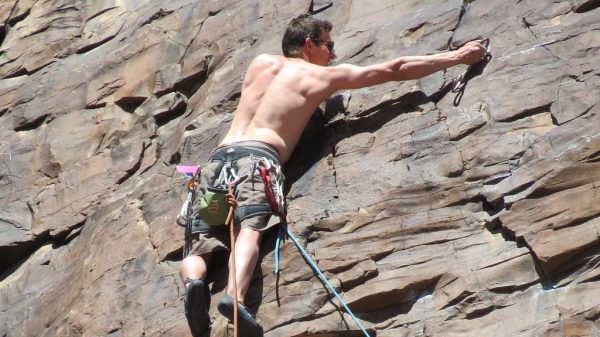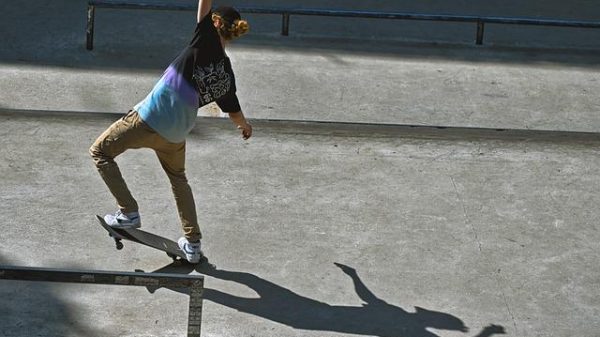Surfing, a sport that has evolved from ancient Polynesian roots into a global phenomenon, has left an indelible mark on coastal communities around the world. As waves crash against the shores, they bring not only the thrill of the ride but also a cultural wave that shapes the identity, economy, and social fabric of these regions. From the sun-drenched beaches of Hawaii to the rugged coastlines of Australia and the diverse shores of California, surfing transcends mere recreation, becoming a vital cultural force. This article delves into the profound impact of surfing on coastal communities, examining how it influences local traditions, fosters economic development, and nurtures a unique sense of community and environmental stewardship. Through an exploration of historical contexts and contemporary dynamics, we will uncover how surfing continues to shape the ethos and lifestyle of those who dwell by the sea.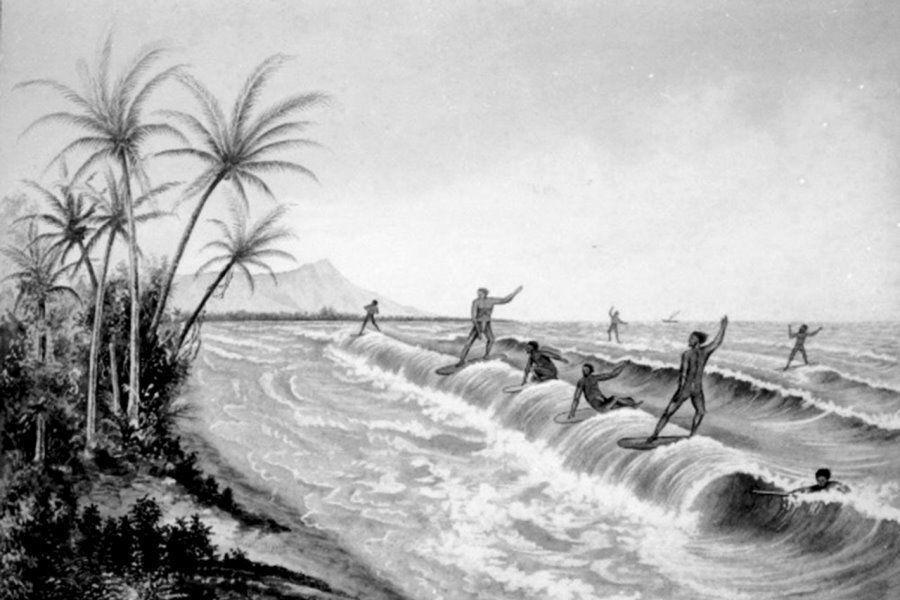
Historical Evolution and Global Influence of Surfing in Coastal Societies
Surfing, once a sacred practice among Polynesian cultures, has undergone a remarkable transformation over centuries, becoming a global phenomenon that has profoundly influenced coastal societies. In the early days, it was more than just a sport; it was a deeply spiritual activity that symbolized harmony with nature. As surfing spread from Hawaii to the shores of California and Australia in the early 20th century, it carried with it a cultural revolution. The introduction of modern surfboards and the popularization of surf culture through films and music in the 1960s and 1970s created a unique subculture that emphasized freedom, creativity, and a deep respect for the ocean. Today, surfing is not only a sport but a lifestyle that shapes the social and economic dynamics of coastal regions worldwide.
- Economic Impact: Surf tourism has become a vital economic driver, attracting millions of enthusiasts to coastal destinations, boosting local businesses, and fostering job creation.
- Environmental Awareness: Surfing communities often lead conservation efforts, advocating for clean oceans and sustainable practices to preserve their natural playgrounds.
- Cultural Exchange: The global spread of surfing has facilitated cultural exchange, blending traditional practices with modern interpretations, enriching the cultural tapestry of coastal communities.
Global Influence: From the beaches of Brazil to the shores of Japan, surfing’s global influence is undeniable. It has not only contributed to the cultural identity of these regions but also fostered a sense of global community among surfers who share a passion for the waves. This universal appeal of surfing continues to inspire new generations, reinforcing its status as a powerful cultural force in coastal societies around the world.
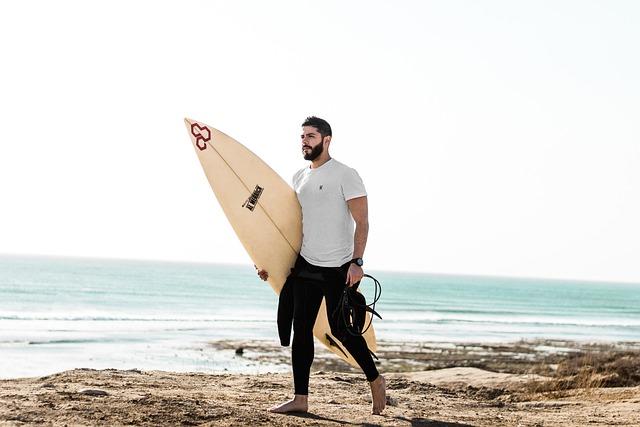
Socioeconomic Contributions of Surfing to Local Economies
Surfing, often seen as a mere recreational activity, plays a significant role in bolstering the economic framework of coastal regions. This vibrant sport attracts a myriad of enthusiasts, from casual wave riders to professional surfers, all of whom contribute to the local economy in various ways. Tourism driven by surfing events and competitions not only fills local hotels and restaurants but also encourages the development of surf schools, rental shops, and guided tours. These businesses create jobs and stimulate growth, fostering a thriving economic ecosystem around this aquatic pursuit.
Moreover, surfing promotes sustainable practices within these communities, encouraging environmental conservation that attracts eco-conscious travelers. Local artisans and craftsmen benefit from increased demand for unique surf-related products, from handcrafted boards to bespoke beachwear. The surfing industry also draws international attention, enhancing the region’s global profile and opening doors for further economic opportunities. Thus, surfing is not just a sport but a catalyst for economic vitality, weaving itself into the socioeconomic fabric of coastal communities.
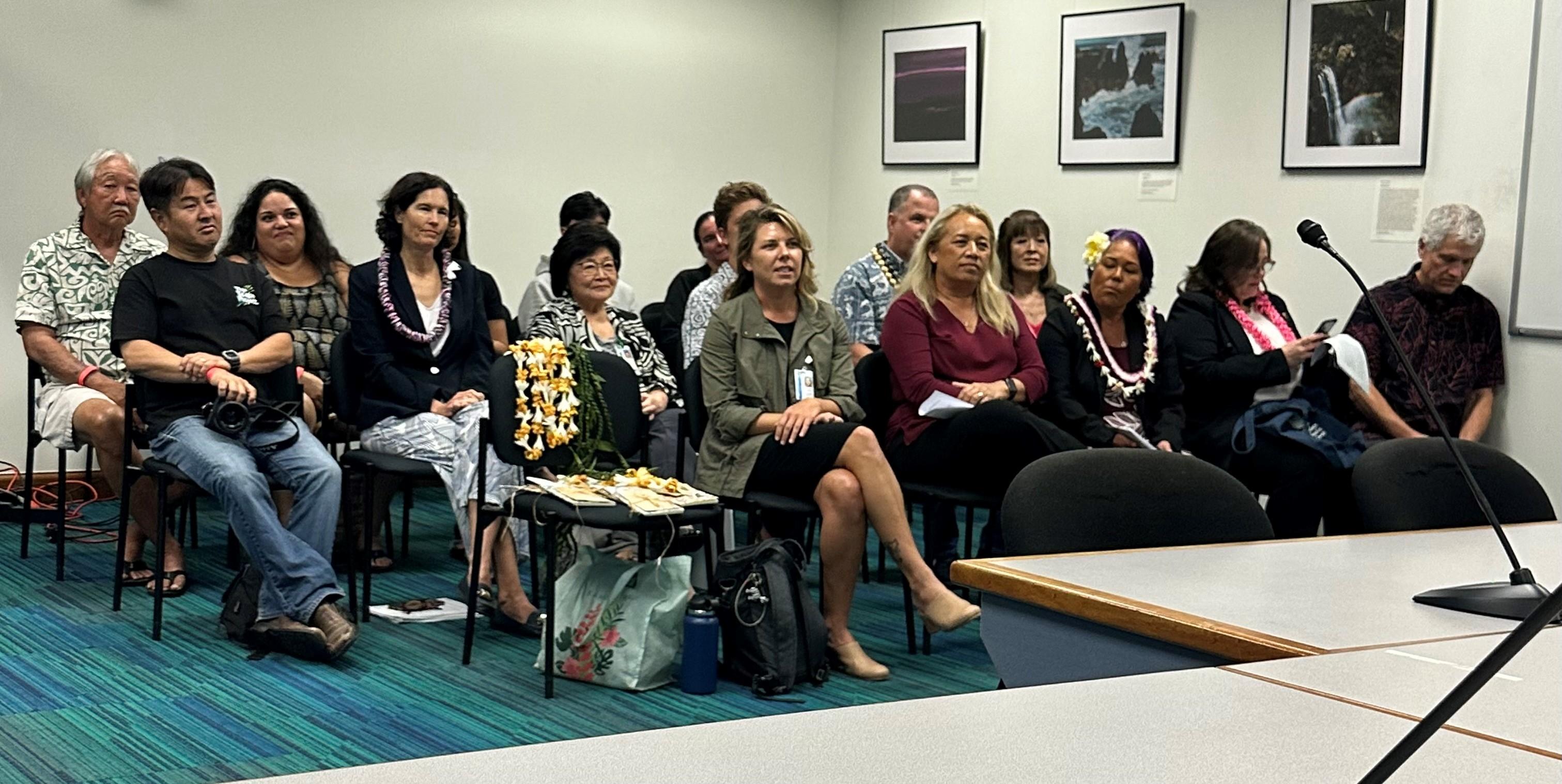
Environmental Challenges and Sustainable Practices in Surfing Communities
Surfing communities, often nestled along pristine coastlines, face a unique set of environmental challenges that threaten their cherished waves and marine ecosystems. Coastal erosion, driven by climate change and rising sea levels, is a significant concern, as it alters the natural landscape and affects wave quality. Pollution from urban runoff and plastic debris further complicates the scenario, contaminating waters and endangering marine life. These challenges necessitate a shift towards sustainable practices that not only protect the environment but also preserve the cultural heritage of surfing.
To address these pressing issues, surfing communities are increasingly adopting eco-friendly initiatives such as:
- Beach clean-up campaigns: Regularly organized by local surfers and environmental groups to remove debris and raise awareness.
- Sustainable surfboard production: Encouraging the use of recycled materials and non-toxic resins to minimize environmental impact.
- Promotion of eco-tourism: Fostering responsible tourism that respects natural habitats and supports local economies.
- Conservation efforts: Partnering with environmental organizations to protect marine biodiversity and restore coastal ecosystems.
By integrating these practices, surfing communities not only safeguard their environment but also reinforce the symbiotic relationship between their cultural identity and the natural world.
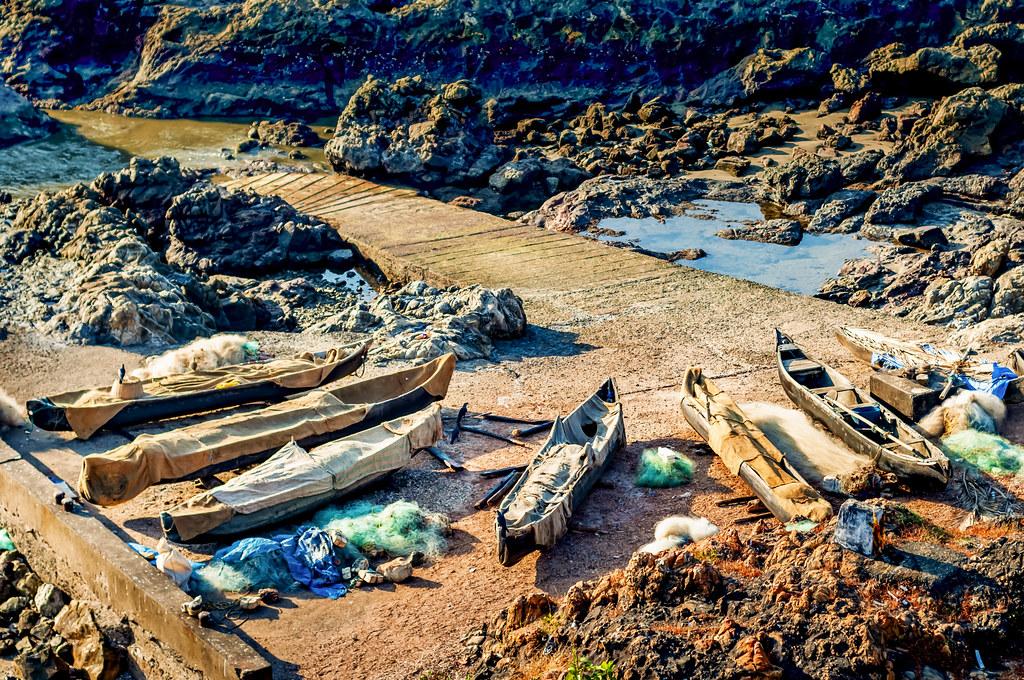
Promoting Cultural Heritage and Community Engagement through Surfing Initiatives
Surfing has long been more than just a sport; it serves as a vital cultural cornerstone for many coastal communities around the world. These communities often possess a rich tapestry of traditions, stories, and practices that are intricately woven into the art of riding waves. By fostering surfing initiatives, local leaders and organizations are actively promoting cultural heritage and enhancing community engagement. These initiatives often include:
- Cultural Surf Festivals: Celebrating local history and artistry, these festivals bring together surfers, artists, and historians, creating a vibrant platform for cultural exchange and education.
- Educational Workshops: Offering programs that delve into the history of surfing, these workshops teach younger generations about the environmental and cultural significance of their coastal heritage.
- Community Surf Clinics: These clinics provide an inclusive space for people of all ages to learn surfing, fostering a sense of community and connection to the ocean.
By integrating these elements, surfing initiatives not only preserve cultural heritage but also strengthen communal ties, ensuring that the legacy of surfing continues to inspire and unite future generations.
